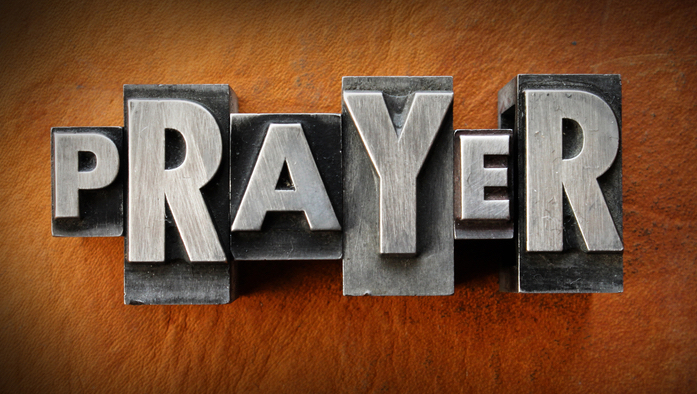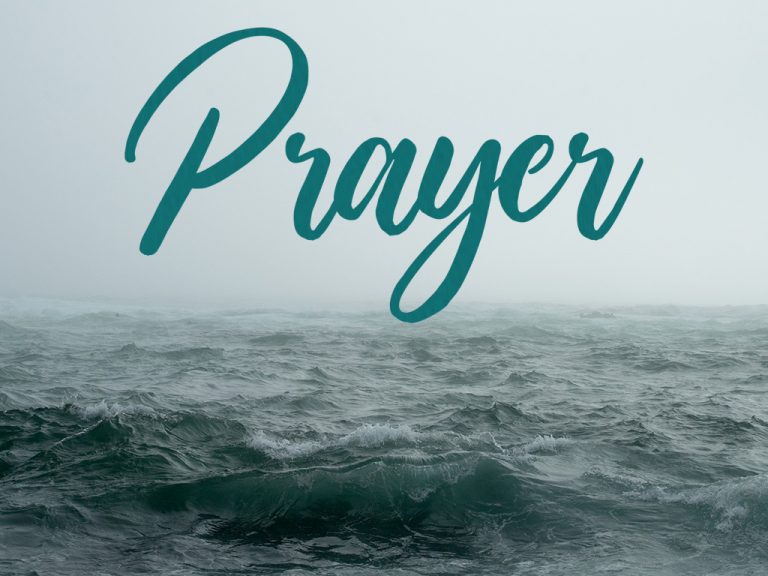Getting Started With Prayer
Prayer starts in the most ordinary, instinctive reactions to everyday life:
- Gratitude: good things are always happening to us, however small.
- Wonder: we often see amazing things (e.g. in nature) but pass them by.
- Need: we bump into scores of needs every day.
- Sorrow: we’ve messed up.
Prayer is taking those instincts of gratitude, wonder, sorrow and the desire to help, and stretching them out before God. Everyone has those instincts, so prayer is making our responses intentional and focusing them towards God. We therefore need to give prayer that most scarce commodity – time.
The rule here is:
Start small…. Stay natural…. Be honest.

Prayer as Relationship
Like all good relationships (marriage, children, close friends), our relationship with God has different elements:
‘Just getting on with it’: we don’t need to get overly precious about the relationship; we just get on with life, secure in the knowledge that God is present and loving at all times.
Chatting: ordinary interaction through the day: arrow prayers, trigger prayers, walking prayers, practising the presence of God.
Talking: as in marriage, special time is needed if a relationship is to grow. Day by Day, quiet time, holy reading. Sometimes we may want to argue!
Intimacy: in deep relationships we get beyond words and into touch and intimacy. This is a time for the love-language of silence, symbols and sacraments.

Remember:
• These different elements will vary with our temperament and the stage of our lives.
• Talking and intimacy require special times and places to be designated.
• Prayer can often seem to be an introvert activity and as so many of the population are extroverts different approaches may be needed, such as: seeing daily living as ‘for God’, seeing loving action as prayer because it’s offered to God, prayer with prayer partners or prayer groups and ‘just getting on with it’ as above.

Silent Prayer
Many people find themselves longing for more silence at some stage on their spiritual journey. Just as when we are reading a page we need both black print and white space, so we may need both words and silence in our life of prayer. Deep beneath the turbulence on the surface of the sea there is a gentle stillness, and so there may be in us. Silent prayer doesn’t try to achieve anything; we open ourselves to God who is beyond anything our minds and our words can imagine – and wait.
- Centring – Go to a special place, light a candle, take up a specific bodily position, still the body (relax the shoulders and forehead etc, let the tension seep away), perhaps imagine you are going down in a lift descending to a deeper level of your being.
- Focusing – Take a short biblical verse or phrase as a focus e.g. ‘come, Holy Spirit’, ‘my Lord and my God,’ or simply ‘Jesus’. Start to use the phrase as a rope to hang on to or a stone to keep throwing into the pool.
- Waiting – repeating the phrase slowly and lovingly whenever you need to return your focus to God. It’s like being distracted when driving on the motorway – you have to keep turning back to the road. It doesn’t matter how often you wander off (it’s inevitable) or how little you ‘feel’. This is time given to God as a gift. The rest is up to God.
- Ending – with the Lord’s Prayer, to unite you with the whole family of God.

Our Father in heaven, hallowed be your name, your kingdom come, your will be done, on earth as in heaven, give us today our daily bread, forgive us our sins, as we forgive those who sin against us Lead us not into temptation but deliver us from evil, for kingdom, the power and the glory are yours, now and forever. Amen.
Praying with the Bible
1. The Quiet Time
The classic way of reading a passage of the Bible, perhaps using Bible reading notes (from BRF, Scripture Union, or Reflections for Daily Prayer), and then praying about the way the passage has struck you. Prayer can continue in a number of ways, e.g.
• TCP (Thanksgiving, Confession, Petition)
• A book of prayers
• Five-finger exercise:
index finger (points) – for people who guide and help us
middle finger (tallest) – for leaders in politics, media, church
ring finger (weakest) – for those in need
little finger (modest) – for ourselves
thumb (strongest) – for the most important people/ things in our lives
2. Holy Reading
A way of feeding and meditating on the Bible.
• Read: Take a passage and start to read slowly until a phrase captures your attention.
• Reflect: Chew the phrase carefully, drawing the goodness out of it. Repeat it, roll it around your mind, suck it slowly for its meaning.
• Respond: Pray about the thoughts and feelings that have emerged.
• Rest: You may just want to stay in silence for a while.
• Repeat:Carry on with the passage.
3. Ignatian Meditation
This is a way of entering a gospel event with the senses of sight, smell, touch, taste and hearing.
• Read the passage slowly and attentively. Put the Bible down.
• Close your eyes and re-run the story, using the senses to enter it imaginatively (see the various people, smell the sea air, listen to the voices, feel the stones underfoot…) Watch the story unfold.
• At the end, move closer in to Jesus and get into conversation with him about what has just happened. Let that conversation (prayer) go on as long as necessary.
• Reflect on what you’ve learned, and give thanks
